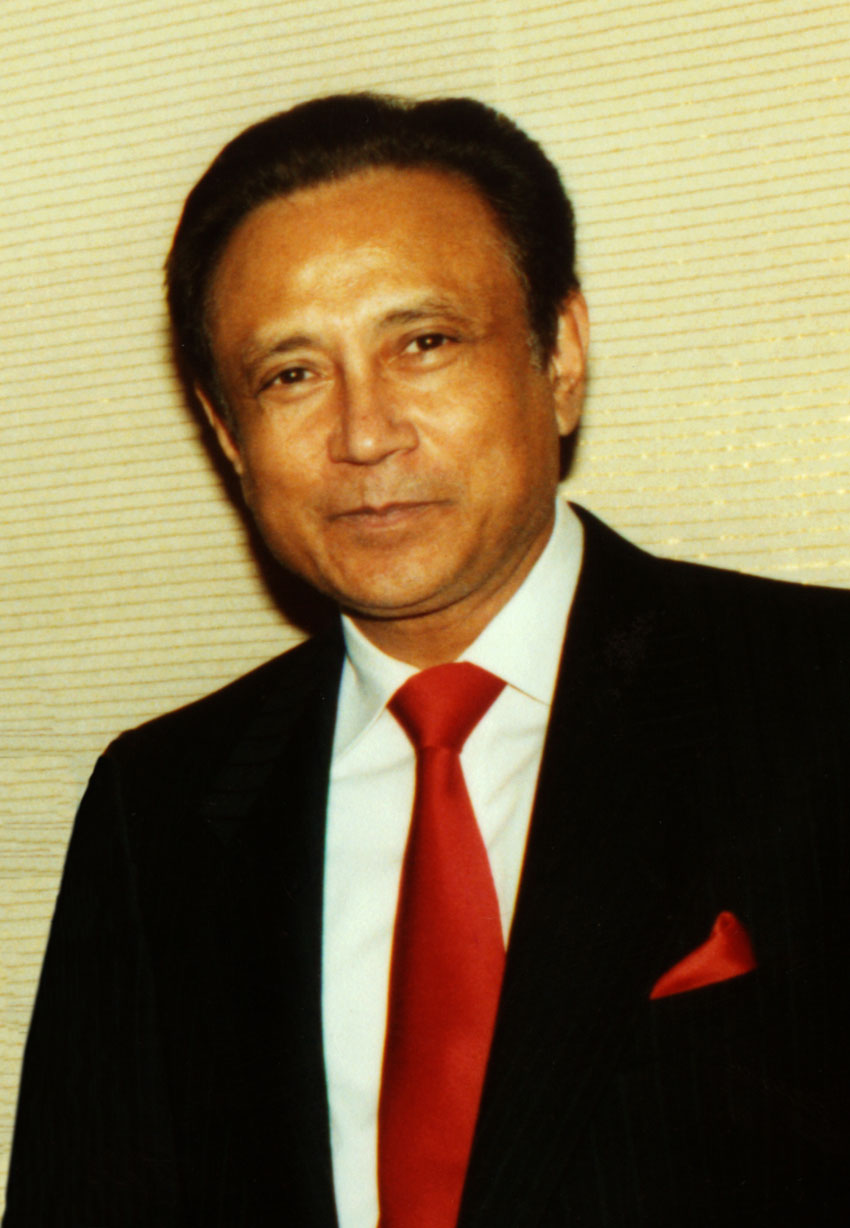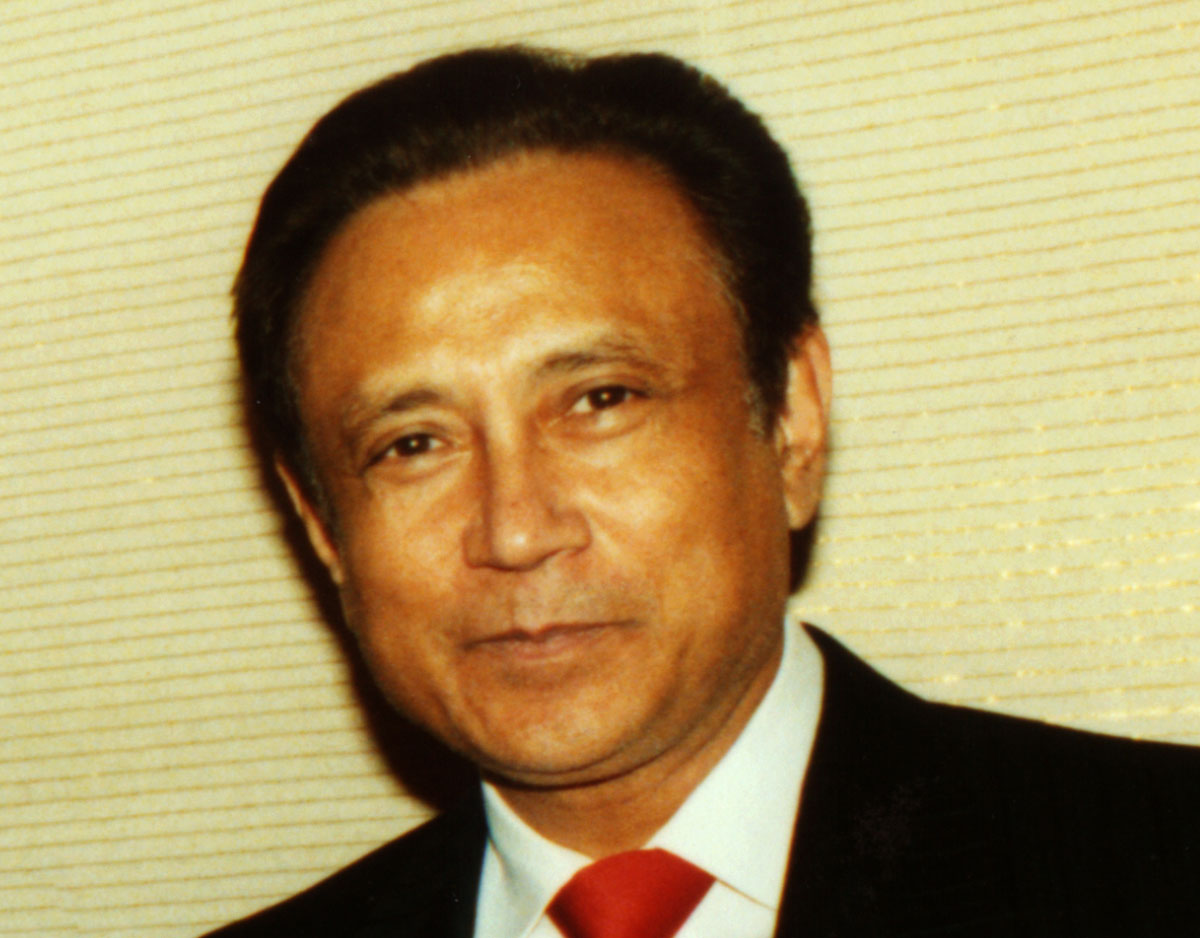DONATES $11 MILLION TO UCLA

An Indian American physicist has donated $11 million to University of California Los Angeles to establish a center devoted to advancing knowledge of the basic laws of nature, the largest donation in the history of the varsity, writes Lalit K. Jha. – @Siliconeer #Siliconeer #ManiBhaumik #UCLA #Philanthropy #ManiLalBhaumik #DrManiLBhaumik
“I thank Mani Bhaumik for his philanthropic leadership and for believing in UCLA,” said UCLA Chancellor Gene Block.
The Mani L. Bhaumik Institute for Theoretical Physics is intended to become a world-leading center for theoretical physics research and intellectual inquiry, the university said in a statement.
The Bhaumik Institute will host visiting scholars, organize seminars and conferences for the academic community, and begin a public outreach program to teach the community about scientific advances made by UCLA physicists.
Bhaumik rose from poverty to become an eminent scientist who played a key role in developing the laser technology that paved the way for Lasik eye surgery.
He was born in a remote village in West Bengal, and as a child slept on rags in the thatched-roof mud hut he shared with his parents and six siblings.
“I didn’t own a pair of shoes until I was 16 and walked four miles to school and back in my bare feet,” he added in the UCLA statement.
Studying under renowned physicist Satyendra Bose, he earned a master’s degree at the University of Calcutta.
In 1958, Bhaumik became the first student to earn a doctorate, also in physics, from the Indian Institute of Technology Kharagpur.
Bhaumik came to UCLA in 1959 “with $3 in my pocket,” he said, on a Sloan Foundation postdoctoral fellowship. The people of his village raised the money for his airfare, the statement said.
“Everyone was treated equally, not like back at home where the poor were treated like dirt.
In 1961, Bhaumik joined Xerox Electro-Optical Systems as a laser scientist. He later served as director of the laser technology laboratory at Northrop’s corporate research laboratory.
In 1973, he announced the conclusive demonstration of the world’s first efficient excimer laser, a form of ultraviolet laser now commonly used for high-precision machining and for cutting biological tissue cleanly without damaging surrounding tissue.
Bhaumik is a fellow of the American Physical Society and of the Institute of Electrical and Electronics Engineers and, in 2011, India awarded him the prestigious Padma Shri for distinguished service in science and engineering.
“It’s very difficult to raise funds for this area, because people don’t understand what theoretical physicists do. But physics holds the answers to the most fundamental questions of our very existence. Imagine what could be solved right here at UCLA,” he said.


